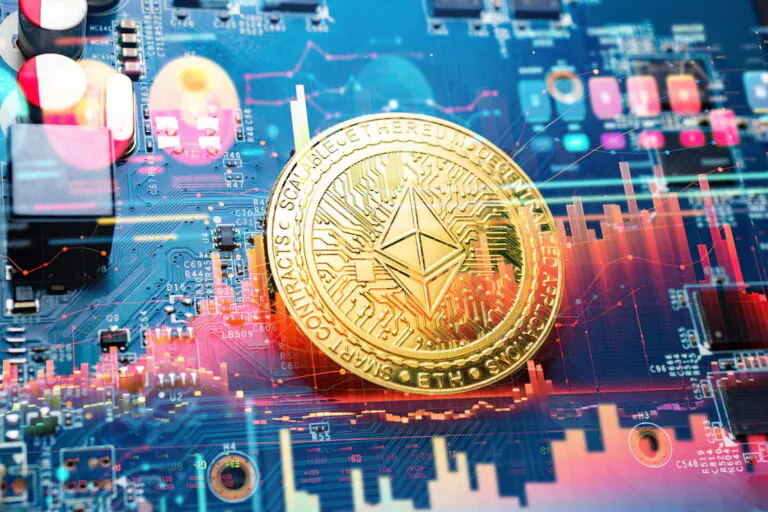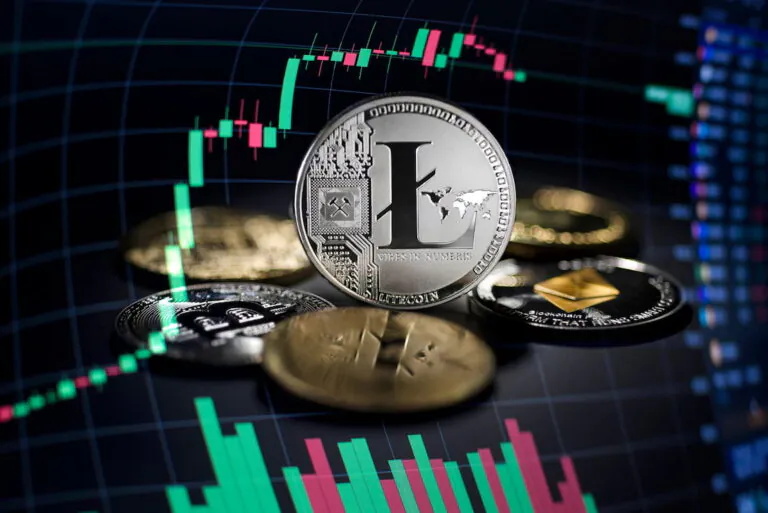The Ethereum blockchain is a distributed ledger system designed to create decentralized applications. One of its main goals was to facilitate money transfers and get rid of intermediaries during transactions in global financial systems. One of the cofounders of Ethereum is Anthony Di Iorio.

Cryptocurrency Polygon (MATIC): history, features, mining, project development forecast
What is Polygon?
Polygon is a system of technologies invented for scaling Ethereum, which allows you to move decentralized DApp applications into a system of unified blockchains. Thanks to this, they retain all the advantages of the ecosystem, especially the security of the network.
The main part is the Matic sidechain, which operates independently of Ethereum based on PoS.
The system architecture includes an Ethereum layer, a Polygon network layer, a security layer, and a runtime environment. The Ethereum layer is used on the network to test and complete transactions, create control objects and, of course, to convert between Polygon and Ethereum. The second level represents a selection of autonomous blockchain networks and serves mainly to sort transfers between blockchains. The runtime is responsible for funding transactions on Polygon.
Basically, the technology is created for interconnection and as an operational compatibility solution for existing autonomous blockchains.
The basis of the ecosystem is the Polygon SDK, which is based on a modular concept. With the help of Plasma sidechains, designed for short-term off-chain transfers, Matic Network has come up with an ecosystem that has made it cheaper and much easier to launch dApps. In addition, the platform has the ability to customize the WebAssembly runtime.
Well-known applications have been created using Polygon, including decentralized exchanges SushiSwap and QuickSwap, Curve Finance, the Aave protocol, thanks to which users have the opportunity to receive flash loans, and others.
The MATIC token belongs to the ERC-20 type. It is the native cryptocurrency of the Polygon network and currently ranks 8th in terms of market capitalization.
Who is the creator? History of creation.Capitalization
The Polygon platform was invented in 2017 in India. Its creators Jaynti Kanani, Sandeep Nailwal, Anurag Arjun and Mihailo Bjelic were quite experienced Ethereum developers. At the time of creation, it was given the first name – Matic Network, then, in February 2021, it was changed to Polygon. In 2020, the Matic Network launched and immediately attracted the attention of brands such as Decentraland and MakerDAO. At the first launch in April 2019, approximately 1.9 billion MATIC tokens were sold in a fairly short period of time, namely 20 days. Thanks to this, the personnel of the Polygon team raised the equivalent of $5.6 million in ETH.
Features: pros and cons
Polygon is an ecosystem that includes more than 7 thousand decentralized applications from the DeFi environment, metaverses, games, and NFTs. The Polygon architecture gives web developers a huge list of solutions that are suitable for different use cases.
Developers who are tired of periodically high fees for Ethereum gas have managed to evaluate the fast and low-paid technology of the Polygon ecosystem. The transaction fee is approximately $0.01, and the average processing time is approximately 2.1 seconds, which is the main advantage of the system on the crypto market.
With the help of the Polygon SDK, anyone has the opportunity to write their own blockchain with certain functions.
It is also useful for those who develop on Ethereum and use Solidity for programming, because the system supports EVM.
At the same time, the technology also has its drawbacks, the main of which is the use mainly within the Polygon network and for direct operations with tokens, but not for paying for everyday purchases.
Where to buy/sell Polygon cryptocurrency? MATIC course
The most popular platforms for buying/selling are Binance, Bittrex, OKX, Cex.io. At the moment, the average purchase rate of MATIC cryptocurrency is $1.52.
In addition, many users prefer to use online exchangers for transactions with cryptocoins. A reliable example of an exchange service is Coin24.io. On the site you can see the current rates not only for MATIC coin, but also for many other popular tokens, the list includes a large number of well-known cryptocurrencies and fiat funds.
Mining
Is it possible to mine MATIC coins? The MATIC token cannot be mined as it is not a proof-of-work coin and therefore it is not possible. At the same time, individuals can participate in DeFi (eng. Decentralized Finance) applications, where they can bet on MATIC and participate in lending protocols.
The Polygon ecosystem includes several DApps through which users will be able to earn a large income from their own MATIC tokens.
Development, prospects and forecasts
The MATIC coin was invented back in 2017 and since then its development has begun. It is not surprising that blockchain is constantly attracting the attention of large investors. Already in the spring of 2021, the American entrepreneur M. Cuban invested a huge amount of money in this project.
The amount of investment was not advertised, but after that MATIC rose in value by 30% less than in a day.
In its activities, Polygon has collaborated with companies such as Ernst & Young (EY), Wanchain, Starbucks and others.
The company, and with it the token, are actively developing. Critics’ forecasts are ambiguous, but most of them predict a rapid increase in capitalization and prices for MATIC coin. Thus, the analytical service DigitalCoinPrice assumes that by 2025 the cost of the coin will rise to $3.96, and by 2028 it will rise to $5.88. The longer term scenario points to an increase in price to $12-$15 per coin in 2030-2031.
The uniqueness of the system makes it possible to give positive forecasts for the future for those who have already decided or are just going to invest in this asset. Due to the wide range of tools and progressive design, the network has provided itself with a huge influx of projects up to this time, and it certainly will be so in the near future.
There is no doubt that it is impossible to fully predict the possible growth or fall of the cryptocurrency, but the opinion of analysts should be taken into account in any case. To listen or not is everyone’s business.
Start your crypto exchange with Coin24

Exchange BTC, ETH, USDT and more — cash or card

Secure and fast crypto exchange since 2018



